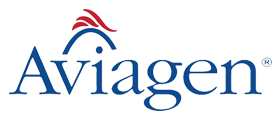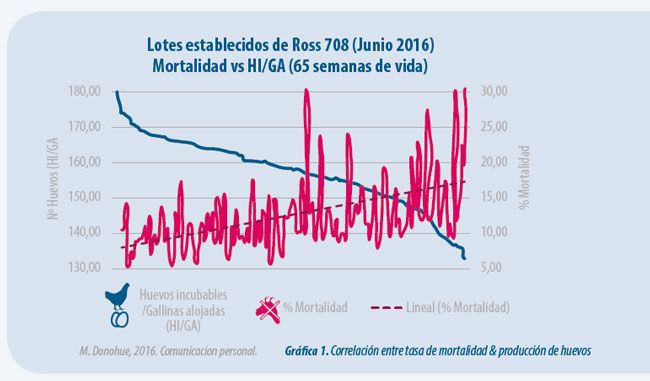Clinical evaluations
They are often carried out when significant increases in daily mortality and/or production drops persist. Other instances include key performance indicators not being met, like body weight or uniformity standards based on the age and strain of the flock.









